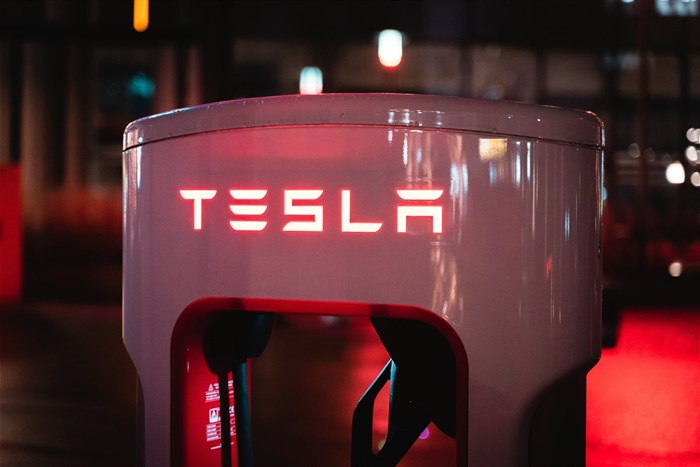Tesla has come up against some major bumps in the road so far in 2024. Having been a leader in the electric vehicle (EV) market for years, the company has faced unprecedented challenges this year.
In a dramatic turn of events, Tesla temporarily lost its top position to BYD, a Chinese competitor. Tesla didn’t just lose its market lead; for the first time, it saw a decrease in car deliveries since 2020. And as if that weren’t bad enough, Tesla’s stock has become one of the worst performers on the S&P 500.
The global shift to EVs seems to be losing momentum, reflected in Tesla’s stock valuation. And controversies surrounding Elon Musk, the company’s celebrity CEO, have further complicated matters. A recent survey indicated that he could be negatively affecting Tesla’s vehicle demand.
Analysts are sceptical about the company, with one predicting a grim future due to its complex and deeply integrated operations, which might not adapt quickly enough to the changing market dynamics. But despite this, there are several reasons to maintain a cautiously optimistic outlook for Tesla. Musk may not have run out of road just yet.
Riding the S-curve
Historically, disruptive innovations like those seen in Tesla’s EVs and batteries follow a pattern known as the “S-curve”. This growth model suggests that disruptive technologies start off with slow growth as they are refined and perfected. As they mature, adoption accelerates rapidly, making them a compelling alternative to more established technologies. Eventually, growth levels off as the market saturates, completing the S-shaped curve. With EVs, we are witnessing the latter stage of the S-curve in current technologies.
What is crucial here is Tesla’s preparation for a second S-curve. Its groundbreaking Giga Press manufacturing process (effectively the world’s largest die-casting machine) combined with advances in battery technology, could cut the production costs of electric vehicles significantly. By 2027, it is expected that Tesla will produce EVs at a lower cost than comparable diesel and petrol vehicles.
This innovation is not just about maintaining competitiveness; it’s about revolutionising the cost dynamics of the automotive industry. To add to this, Tesla’s recent sales push in full self-driving (FSD) AI technology is a testament to its confidence in the maturity of what was once an early-stage technology. It’s not just an added feature; it’s a potential gamechanger in the way we perceive and use automobiles.
Profits from FSD are expected to be significant. The benefits from this technology, coupled with manufacturing innovations, could enable Tesla to simultaneously lower costs and differentiate itself from other manufacturers.
India is key
Another reason for optimism is Tesla’s global strategy. Musk is reportedly negotiating with Indian prime minister Narendra Modi to set up a Giga factory in the country. This expansion into one of the world’s largest markets could be transformative. It mirrors Tesla’s strategic move in China with the Shanghai Gigafactory, which significantly boosted its presence in Asia. The proposed low-cost $25,000 (£19,800) Model 2 Redwood EV could be a gamechanger in India, a market that has been relatively slow in EV adoption.
The Indian government, having rebuffed advances from BYD, seems inclined towards Tesla. This is not just about selling more cars; it’s about influencing EV adoption and industry maturity in a major emerging economy. Tesla’s potential success in India could serve as a catalyst for further global market penetration.
Tesla’s vision extends beyond manufacturing electric cars. The company is positioning itself as both a collaborator and competitor in the automotive space. Its energy business, focusing on solar and energy storage, is flourishing. Musk’s willingness to license Tesla’s FSD technology to other companies is a strategic move to position the business as a technology provider, not just a car manufacturer. Deals have already been made with incumbent automakers to use Tesla’s supercharging network.
This approach is akin to Microsoft’s strategy in the PC industry, with Tesla aiming to become the “operating system” of choice for the automotive industry. This broadens Tesla’s scope from being an EV manufacturer to a technology gatekeeper in the sector.
Despite these promising developments, there are plenty of challenges. Musk’s divided attention, stretched across various ventures like SpaceX, Neuralink, and his involvement with X (formerly Twitter), poses a significant risk. His ability to steer Tesla amid these distractions is a critical factor in determining the company’s future.
Musk has a reputation for overcoming obstacles, but the current ones are perhaps more complex. Tesla faces significant challenges in 2024, but there are compelling reasons to believe in its resilience and potential for continued innovation.
The company’s preparation for a new growth phase, global expansion strategies, and the development of a broader ecosystem beyond just electric vehicles position it well. However, the road ahead is fraught.
This article is republished from The Conversation under a Creative Commons license. Read the original article.
































